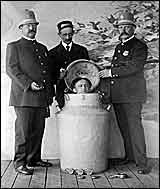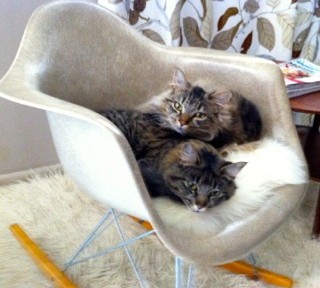
Lots of magicians earn their “stage time” at a young age by performing for neighbors or entertaining at children’s birthday parties. My path was a little different. By age 16, I was performing at local and regional trade shows and I learned quickly what worked and what didn’t with harried, jaded business people. I needed an approach that would immediately hook passersby to stop, or at least slow down, long enough to engage them. I would point to an imaginary spot just above my head, reach up and produce a real flame between my fingertips. At the same time I would say “Here’s something impossible and maybe a little dangerous!”
I didn’t look at the flame licking my fingers, but instead smiled and made eye contact with the individual. I tossed the flame toward my left hand and when it landed, the flame had become a gold coin. I handed the coin to the business person as I explained “This is my gift to you. You may keep it or try your luck to win one of these amazing prizes.” Nine times out of ten, the individual would laugh, then hand the coin to a salesperson in return for a spin of the prize wheel.
Shilling for companies as a teenager was my introduction to the art of engagement. I still use the same techniques today.
The steps to engagement are simple:
1. Be intriguing. You don’t have to pluck flames from the air to capture attention (although it couldn’t hurt). Simply engage the person with a smile and an intriguing comment or question, such as “Are you having an amazing day?” If they say yes, follow up with “Me, too! What amazing thing has happened to you today?” If they say no, state “Well, it’s not too late! Tell me about an amazing experience you’ve had recently.” People are drawn to those who find them fascinating, so be genuinely interested in others and you’ll never be at a loss for good conversation.
2. Give a gift. It could be the gift of your attention and a useful comment such as a compliment, a savvy observation or even a suggestion of a hot new restaurant, movie or book. Sharing insights and recommendations show that you’re really listening and that you’ve placed the other person’s needs front and center.
3. Offer choice. Let the person drive the conversation and let them choose the path. You can always give the topic a little nudge, but take your lead from the other person’s comments and interests. The best interviewers and conversationalists are those who listen intently and ask questions sparingly.
To be engaging means to be engaged. Enjoy meeting people, leave your ego and agendas at home, and be genuinely interested in others. You’ll quickly become engaged with everyone you meet and they will love you for it.


